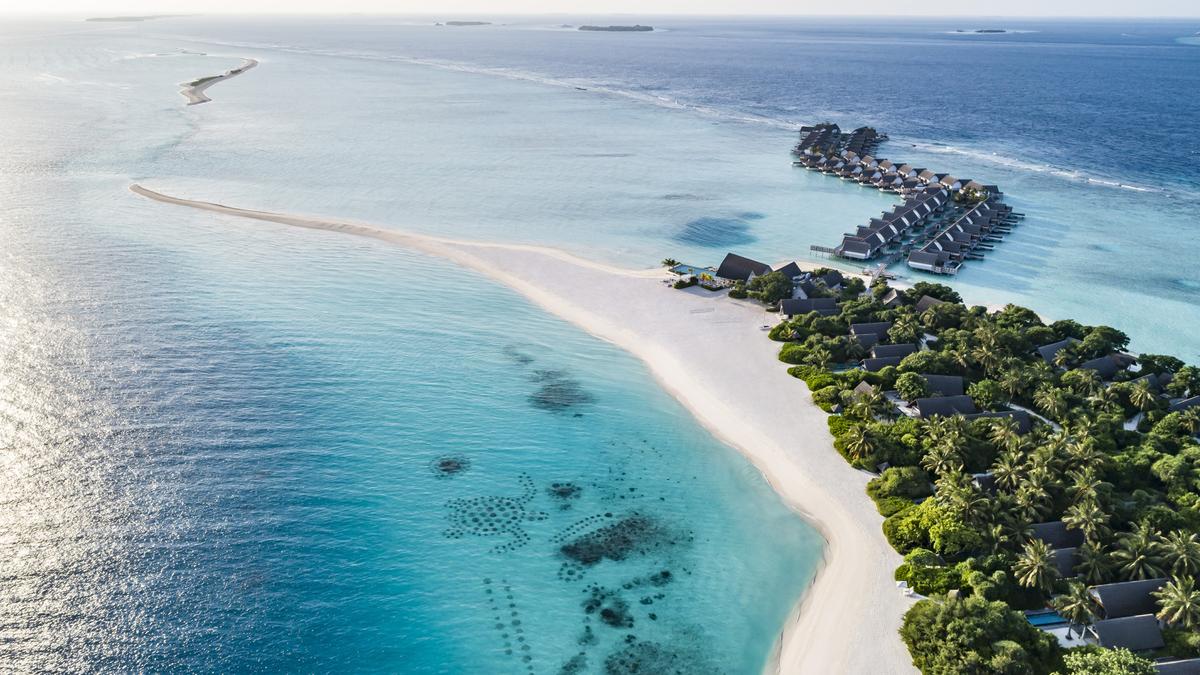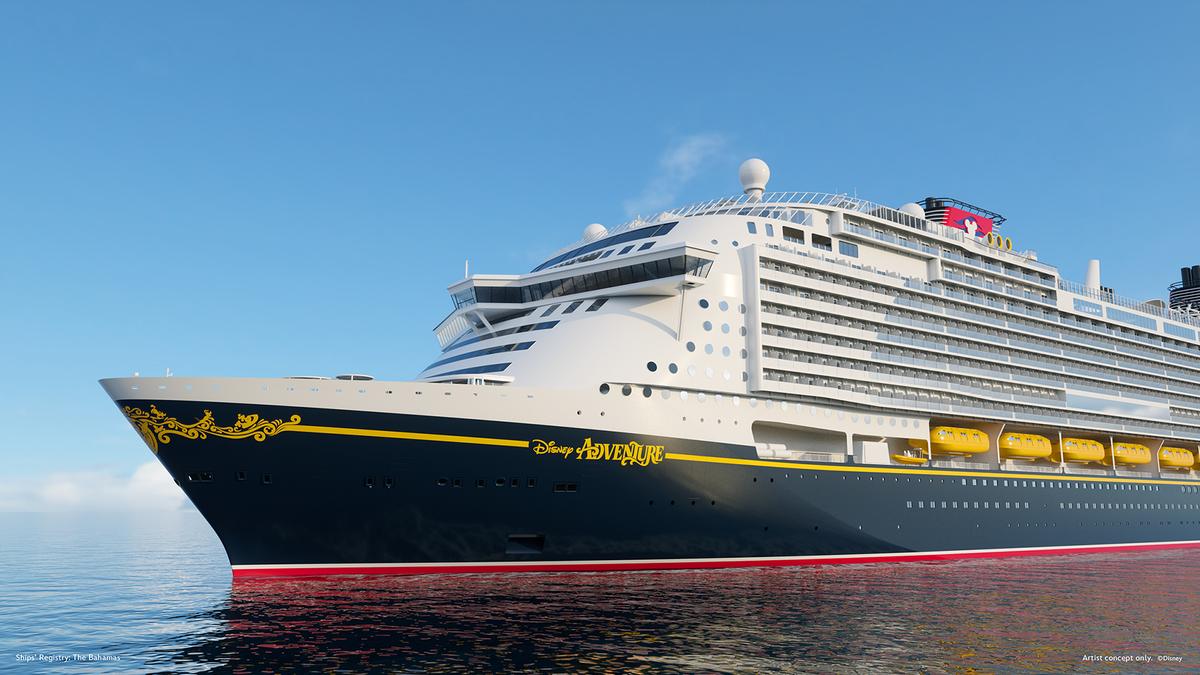The Four Seasons Resort Maldives at Landaa Giraavaru
| Photo Credit: Special Arrangement
Every June, the Eastern Baa Atoll in the Maldives attracts the world’s largest known population of manta rays, a sight that people across the world travel to witness. The Manta Trust, a charity set up in 2005 at the Four Seasons Resort Maldives at Landaa Giraavaru, has been working towards making these sightings better courtesy of their founding research project, Maldives Manta Conservation Programme (MMCP).
If you are looking at planning a trip to the Maldives this year, it might be ideal as “the manta magic starts when the Southwest Monsoon (Hulhangu) season begins in the Maldives”, says Elspeth Strike, project manager at Baa Atoll, The Manta Trust. “During this season, hundreds of reef manta rays (a type of cold-blooded fish) return to the area to exploit the rich, productive waters of Baa, making the most of the abundance of their zooplankton prey which concentrates within sites like Hanifaru Bay. The best time to plan a manta spotting visit to Four Seasons Landaa Giraavaru is between the months of June and November,” she says.
The best time to plan a manta spotting visit is between the months of June and November
| Photo Credit:
Special Arrangement
Detailing the immersive experiences in store for travellers, Elspeth says Landaa Giraavaru has a Manta-on-Call service that provides a “manta phone” that rings when mantas are sighted and guests are then taken on speedboats to experience the sighting. Private manta-spotting cruises are also available, and the Trainee Manta Biologist programme “engages environmentally-minded teens (aged 13 to 18) who learn about what it takes to be a manta biologist, from photo identification to monitoring manta sizes, behaviour, and even pregnancy”.
The experiences, however, are possible due to the in-depth research undertaken — including analysis of monsoon currents and other predicting factors — by MMCP. Elspeth explains that MMCP has been conducting research in Baa Atoll and across the Maldives archipelago for the last two decades. “They have been collecting data to monitor the country’s manta ray population, its movements, and how the environment and human (ie, tourism) interactions affect them. Since its inception, the MMCP has identified almost 6,000 different individual reef manta rays from more than 90,000 photo-identification sightings, making the Maldives manta ray population the largest known, and one of the most intensively studied, in the world,” she says referring to the data that is used by researchers to record and identify key patterns of the manta rays.
MMCP has been conducting research in Baa Atoll and across the Maldives archipelago for the last two decades
| Photo Credit:
Special Arrangement
As well as studying the animals themselves, the MMCP is also conducting research to identify the ideal environmental and oceanographic conditions for zooplankton concentration within Hanifaru Bay, and how this influences the aggregating behaviour of manta rays there. “This cutting-edge science is enabling our MMCP researchers at Four Seasons Landaa Giraavaru to better predict the ideal dates and times for mass manta ray feeding events,” she adds.
But what makes manta rays so exclusive?
Elspeth says they grow very slowly, mature relatively late in life, and give birth infrequently. Which makes them vulnerable to certain threats as they cannot easily recover from depletion. “The main global threat to manta and devil rays (smaller cousins of the manta ray) is overexploitation by fisheries and incidental bycatch. In recent years, manta rays have become increasingly sought after for their gill plates for use in traditional Asian medicine,” she says, adding, that although manta rays in the Maldives are protected by law, they are still impacted by human activities, becoming entangled in fishing line, nets, or rope, and being hit by speeding boats. “These impacts can result in serious injuries which are expected to increase as tourism, human development, and demand for seafood increases around coastal regions globally. Impacts of a changing climate also have the potential to affect manta rays’ suitable habitat and food supply,” she concludes.



